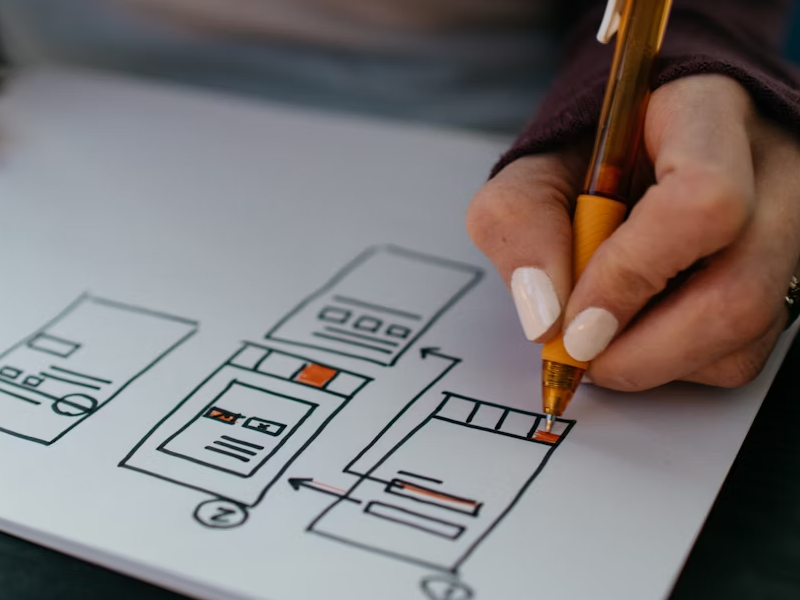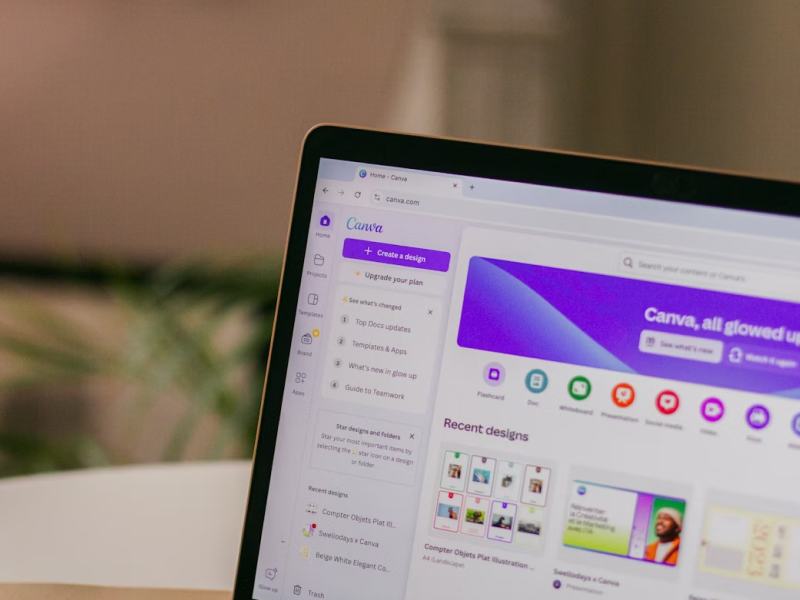If you use Figma for creating stunning designs, but you don’t really know how to turn them into a fully functional Webflow website, well, you are in the right place. Designing in Figma represents a really enjoyable process because you have various tools and features that make the creation process much easier.
However, after creating the perfect design for your projects, you might actually have observed that transitioning from the Figma design to the website format can require additional effort because you will need to manually recreate each element in the website builder tool.
Luckily, there are more convenient ways to transform all your Figma designs into fully functional and interactive websites. You can easily use a plugin that is specially developed for converting all the Figma stunning designs to Webflow websites, to allow UI/UX designers to save time and energy.
Why Should You Use Webflow?
Figma is indeed a powerful and impressive tool in which you can create stunning designs with responsive interfaces, but you can observe that it has more static visuals. So, in order to make your website truly visually appealing and offer the best user experience, you need to use Webflow.
Webflow is able to bring the Figma designs to life without requiring coding. So, designers can easily maintain control of their projects, from the moment they create them until the final website launch.
With the Figma design tool, all UI/UX designers can truly design impressive websites, but Webflow will transform your project into a real website without needing a developer to do that. This is very useful, especially for freelance designers, who sometimes need to avoid the back-and-forth messages over small details and design questions.
How to Configure your Figma to Webflow Plugin
You must know that the configuration process is very easy and intuitive.
- Create your Figma account
If you already have one, that’s great! Now you only need to have an existing pending design file to continue with the next steps.
- Launch the Webflow plugin
Click the “Try” button to open a new Figma design file. After that, tap on the “Run” button, which will require authentication directly from your Webflow account. This is the step where you should exactly select which project you want to authorize from Figma.
If you have too many designs, and you don’t want to select right away only the relevant ones, you can easily allow the plugin implementation for all the Figma designs.
The next step in this process is to select the “Allow application” option.
- Discover the Webflow plugin in Figma
If it has not launched automatically, you can simply find the Webflow plugin directly in the “Resources” menu under the “Plugins” tag.
After you find the Webflow plugin click on the “Run” option, aaand done! You have successfully installed your Webflow plugin in the Figma design platform.
40% OFF
Only this December
Upgrade to UI PRO version of Uinkits Systems to unlock 23.000 UI components.
Use the code "DEC40"
How can you prepare a Figma file for the Webflow transfer?
Creating your Webflow project is indeed exciting, but you must know that the Figma file needs total preparation before the actual transition. So, it’s very important to start with a clean and organized design to avoid spending too much time in the transition process.
Make sure to name all your layers, frames, and components with suggestive names to find them much easier and keep a design structure when changing the design to Webflow. After you named all your layers and components, organize these layers as logically as possible, into sections, headers, and footers, for example.
Then, create some grids and layout restrictions in order to support the website's responsiveness. This step is very important because it will make the entire design more predictable after transferring it to Webflow.
The SVG export is another crucial aspect because you must make sure that all the icons and logos are high-quality and scalable. Try to use a PNG format to avoid possible issues with optimization for websites.
Set up the Webflow Project
Once your Figma design is completely ready, with layout labeling and all other details, then it’s time for the Webflow magic.
First, create your new Webflow project. You can either choose to start a blank canvas in order to have full control of your website, or you can choose an already built template, if you find one that seems to closely match your Figma design.
The next step is to set up all the project fonts, colors, styled headings, and other design details directly from the Style Manager of Webflow.
As additional advice, you can create a style guide page that has the role of a reference to all the styles that are reusable, such as headings, buttons, links, and any other colors. This way, you will ensure that for future designs, there is already a structure in order to keep a consistent look.
Aaaaand that's it! Install the Figma to Webflow plugin and enjoy all the options and features that come with it!
By
Cristi Fonea
•
June 23, 2025








